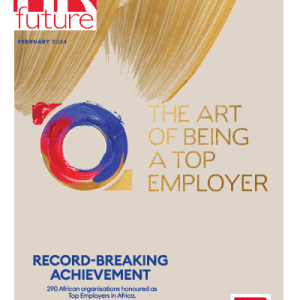Supercars are the toys of the very wealthy. They cost a truckload of money and they look and sound stunning, making them the envy of just about every red blooded petrol head.
Speed limits dictate, however, that those supercars can never be legally driven on public roads at the speeds for which they were designed and made. Nevertheless, they tell us some revealing truths about power.
Have you ever shared the front row at the traffic lights with the driver of a Ferrari, Porsche or Lamborghini? Next time you do (I’m sure it happens often), watch carefully what happens when the lights turn green – every driver, except the supercar driver, pulls away pretty fast.
Chances are, the Ferrari or Lambo driver pulls away very sedately and proceeds at a very dignified pace to the next traffic light where the scenario may well be repeated when that light turns green.
Have you ever wondered why they drive like that? Why don’t they just show everybody what their car can do?
It’s simply because the supercar driver knows the power of his car. He knows his car is far more powerful than every car around him, that it can effortlessly outrun every one of them. He knows that, if he were to put his foot flat on the accelerator, he would make every other car look like they were standing still.
There’s a business lesson for us in this. When leaders actually know and understand their power, they will always keep their power under control and never seek to force it on others. And because they know they can wield their power at any time, they choose not to do so.
That’s the difference between a leader who is genuinely powerful and one who is trying to be powerful – but who isn’t. Leaders who aren’t genuinely powerful feel the need to impose their power on others to prove that they are, in fact, powerful, while genuinely powerful people do not have that need at all.
But there’s a big difference between powerful people and people in powerful positions. Many people who occupy powerful positions, such as politicians or executives of large and successful companies, make the mistake of thinking that, because they occupy a powerful position, they themselves are powerful people. That’s a myth. Occupying a position of power doesn’t make you a person of power.
While you may be able to enjoy all the trappings of power like the fancy office, the personal driver, the business class flights, the executive assistant and so on, and you may be able to wield powerful weapons at your disposal in your position of power, that doesn’t result in you automatically acquiring personal power as a result. Positional power comes from without while personal power comes from within.
Look at the people occupying positions of political power in the world today. When you examine them a little closer, you will realise that none of them is actually a powerful person. Make no mistake, they may be occupying positions of great power, but they aren’t actually powerful people in themselves.
How do you distinguish between someone who’s wielding positional power and someone who is genuinely powerful? By observing what they do with their power. Genuinely powerful people use their power for good – to benefit others. People who merely occupy positions of power use their positions for their own selfish interests.
Do you want to rise through the ranks because you believe you have personal power and would like to use it to change your company, your community or the world for the better? Or do you want to get into a position of power so that you can use it to benefit yourself?
If it’s the former, you will use influence to achieve your goals. If, however, it’s the latter, you will use force to achieve your goals. That’s one simple way to determine if someone is genuinely powerful or not.
So next time you’re sitting in a board meeting or a management meeting, look at your colleagues as drivers. Watch how they “pull away from the traffic lights”. If they do so with dignity and compassion, chances are they’re powerful people. If all you hear is the screech of tyres and your nostrils fill up with smoke, you’re dealing with wannabe powerful people.
Of course, the challenge then is for you to control your own power as you handle the wannabes, regardless of whether the wannabes are above or below you in the company’s organisational chart!
Alan Hosking is the Publisher of HR Future magazine, and @HRFuturemag. He is a recognised authority on leadership skills for the future and teaches both experienced business leaders and Millennial managers how to lead with integrity, purpose and agility. In 2018, he was named by US-based web site Disruptordaily.com as one of the “Top 25 Future of Work Influencers to Follow on Twitter”.


























